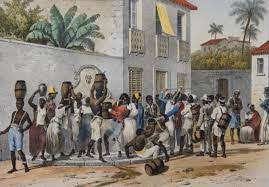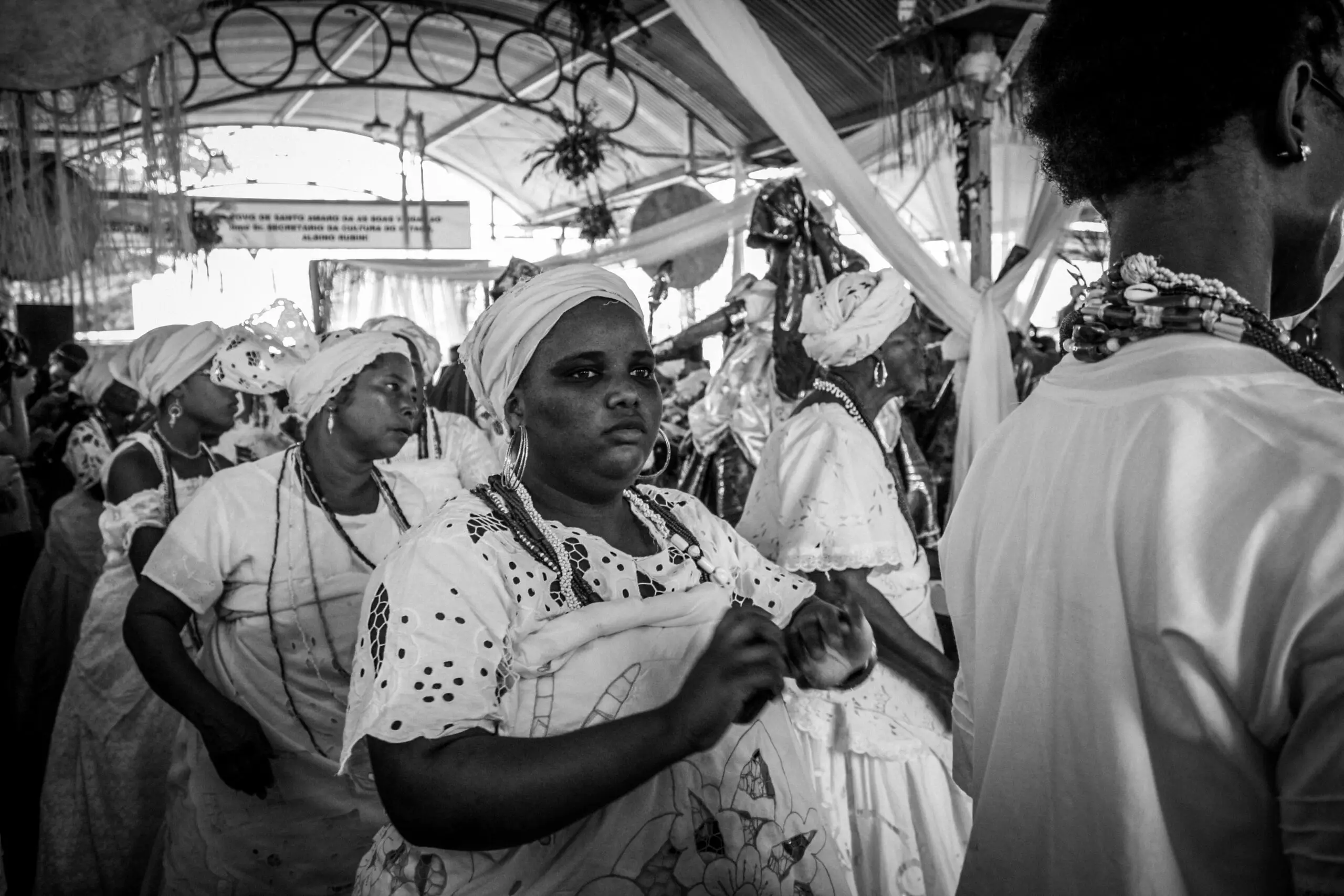Table of Contents
African Slaves and the Brazilian Slave Trade in the 16th Century
In 1500, Pedro Álvares Cabral landed in Brazil and claimed the territory for Portugal. Unlike the Spanish conquest of South America and the resistance posed by the Inca Empire, the Portuguese did not have to contend with powerful native military opposition. Small colonies were established quickly, and trading opportunities were exploited with comparative ease.
The Portuguese soon developed sugar plantations in order to capitalize on the lucrative world sugar market. The extensive maritime trading networks of the Portuguese, combined with existing colonies in Africa, soon saw an influx of African slaves to the new Portuguese colonies in Brazil.
The Arrival of African Slaves in Brazil After Indigenous Slave Labor

Initially, Portuguese plantation owners used indigenous slave labor for sugar cane cultivation. However, this was a frequently troubled prospect. As with the arrival of the Spanish in South America, the Portuguese brought with them European diseases which decimated native populations including the indigenous Brazilian slave laborers.
Work in the plantations was also physically demanding. Many indigenous slaves deteriorated rapidly and were no longer of use on a large scale plantation. Those who were capable of continuing posed problems of a different kind, as historian Laird W. Bergad states: “those who survived abuse, horrific exploitation, and disease often fled to the vast internal frontier that was unknown and impenetrable to the Portuguese”.
The jungle was a refuge for the native population, one which they could remain in and escape to in order to avoid the new colonial powers. Other forms of slave labor were required, and the Portuguese colonies in Africa provided a ready source for slavery in Brazil.
African Slave Trade and Slavery in Brazil
From the 1550s onwards, Portuguese colonies in Brazil began to import African slaves in ever increasing numbers. Portugal already controlled various slave trade stages originating on the West African coast; it was simply a matter of diverting a percentage of the human cargo to Brazil.
African slave labor proved more resistant to tropical heat and disease and the African slaves were less inclined, at least initially, to flee into the rainforest. The Portuguese investment in African slavery in Brazil was to pay off, and with it the demand for slaves was to increase.
Bergad states that by 1600 African slavery in South America was firmly established in both Spanish and Portuguese territories, while “Some 50,000 slaves had also been imported to Northeastern Brazil, with very few disembarking south of Bahia prior to the seventeenth century”.
Brazilian Slave Trade Boom & Abolition of Slavery in Brazil
The sugar plantations of the Northeast of Brazil were to be the springboard for further importation of African slaves into Brazil. Soon the mines would be filled with African slave labor, and African Brazilian slaves were later to be found occupying positions in every economic sector.
The 16th century was only the beginning of African slavery in Brazil. Annual arrivals of African slaves were to increase throughout the next 300 years until the eventual abolition of slavery. In May 1888, Princess Isabel signed the Lei Aurea, the “Golden Law”, legally ending slavery in Brazil.
Researchers at the University of Nottingham estimate that of the 11 million African slaves transported to the New World an incredible 40% were imported to Brazil. So many Africans arrived in Brazil, a country with very few whites, that they were better assimilated into society over time, taking skilled jobs and at times being treated on similar terms as free workers.
African Culture in Brazil
Today, African culture can be seen throughout Brazil, particularly in Bahia and the Northeast. African slaves, enduring the worst possible hardships, still hung on to their heritage, their culture, food, music and dance, all of which can be seen in the vibrant cultural mixture that is modern independent Brazil.

It’s not a matter of where, but when. Time is precious and my time spent living and experience the cultures of this world is what I lust for. This is why I created this website, to share true, genuine experiences and not just typical touristy info. Travel, the love of coffee, and food!
